James Dowling has worked, and played, with watches for more than 35 years. He was a founder and one-time editor-in-chief of the respected watch forum Timezone and monitor of its Rolex forum.
He is the co-author, alongside Jeffrey Hess, of The Best of Time Rolex Wristwatches: An Unauthorized History.
Today Mr Dowling has one of the most enviable watch collections in the world — a collection that is constantly evolving.
A recognised authority on all things Rolex, his horological musings can be followed on Instagram at @misterrolex.
Here Mr Dowling shares his ten favourite timepieces of all time, a task that he admits he found difficult to complete.
Rolex Oyster cushion case
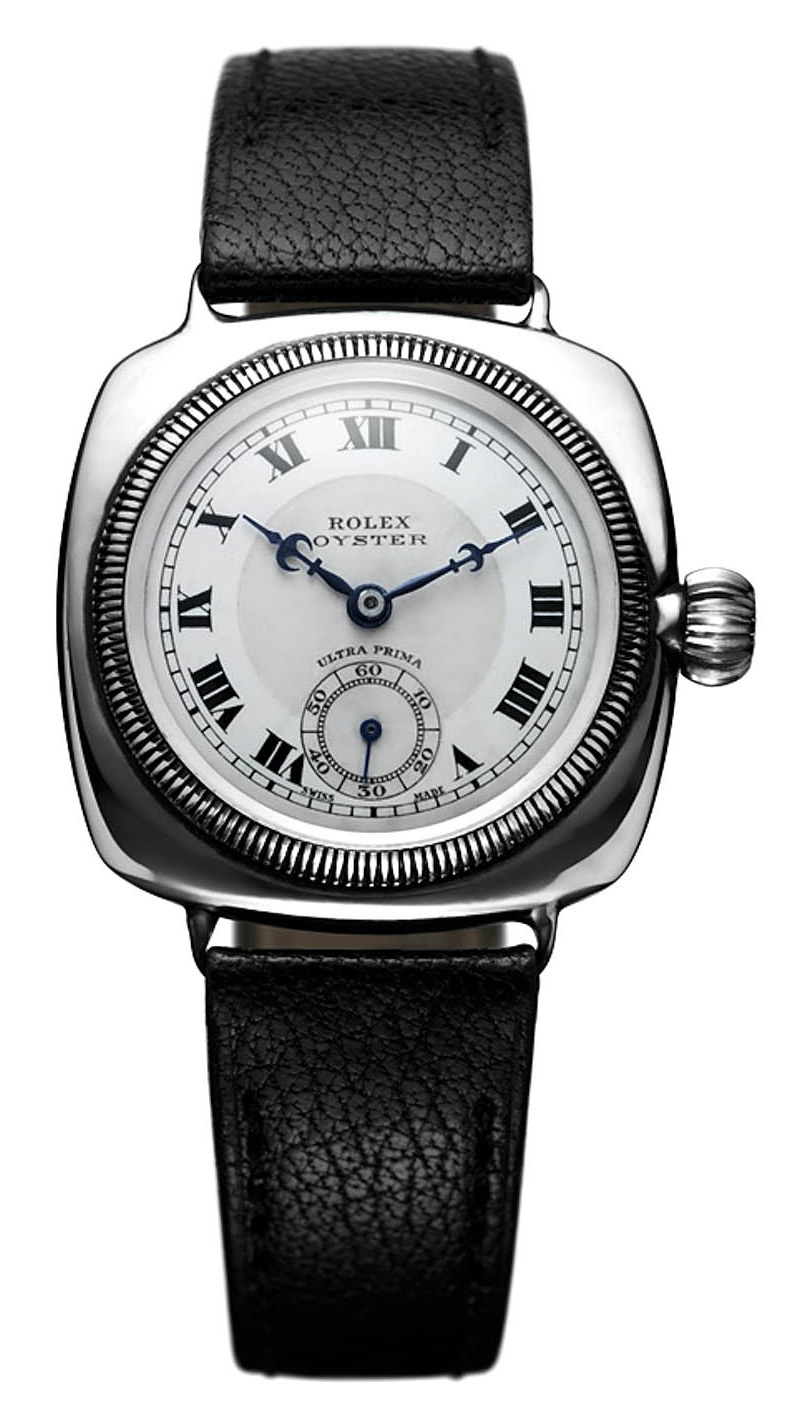 Rolex is perhaps the single most important watch brand in history. I would say that all modern watches owe a good part of their existence to Rolex because of the three things that Hans Wilsdorf focused on.
Rolex is perhaps the single most important watch brand in history. I would say that all modern watches owe a good part of their existence to Rolex because of the three things that Hans Wilsdorf focused on.
The one thing Wilsdorf wanted to do was to make the wristwatch ubiquitous and he knew that to do that he needed to address the holy trinity of watchmaking.
First, accuracy, second self-winding, and finally waterproofing. If you look at brands today, almost every watch is either self-winding or waterproof, and often both.
The Oyster was the first watch that you could wear and not have to think about it.
Made almost a century ago, it is still the ultimate wristwatch — my personal one is from 1926 or 1927 and still very wearable.
It was made for more than 10 years in fairly significant numbers and it just typifies everything that is so special about Rolex.
Rolex Beta 21 ref. 5100
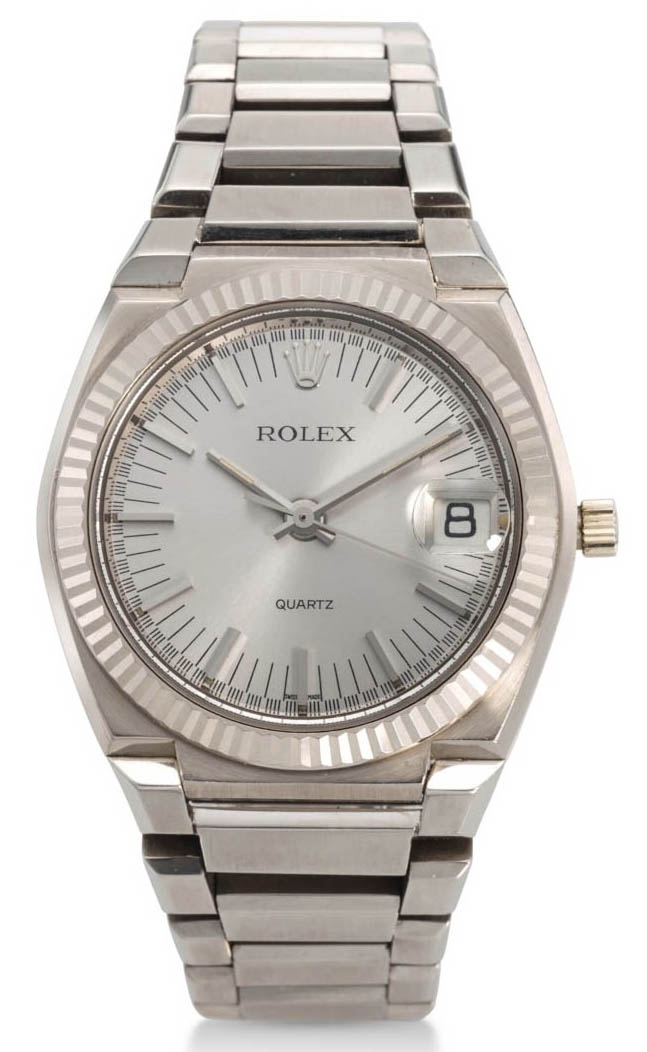 There were about a dozen companies involved in the BETA 21 development. The original Betas never went into production — if they had then they could have been the first-ever quartz wristwatches.
There were about a dozen companies involved in the BETA 21 development. The original Betas never went into production — if they had then they could have been the first-ever quartz wristwatches.
The Beta 21 was so different — it came at the end of the 1960s when other high-end manufacturers were going ultra-slim. The Beta 21 movement is huge — about an inch by three-quarters of an inch — so it was impossible to make a thin watch from it.
The unusual shapes were just part of their appeal, the other part is that in the 1960s, watches were priced on the basis of accuracy, so the more expensive the watch, the more precise.
In the 1971 catalogue, the most expensive non-gem-set Rolex was a Day-Date costing around £4,000.
The Beta 21 was £14,000.
So, the next generation was only going to be made in small quantities because, back then, few people bought hugely expensive watches.
We don’t know the exact number made, but it is estimated that there were about 1,000 pieces. They are numbered and I have never seen one higher than nine hundred and something.
It is also suggested that only about 40-50% have survived as during the 1980s and 1990s, when gold hit prices of $1,900 and nobody saw value in quartz, a lot of the watches were scrapped.
Out of the estimated 1,000 pieces, about 80% were in yellow gold with 20% in white gold, hence the white gold ones are worth three to four times more today — somewhere around £60,000 to £90,000.
Frodsham Double Escapement
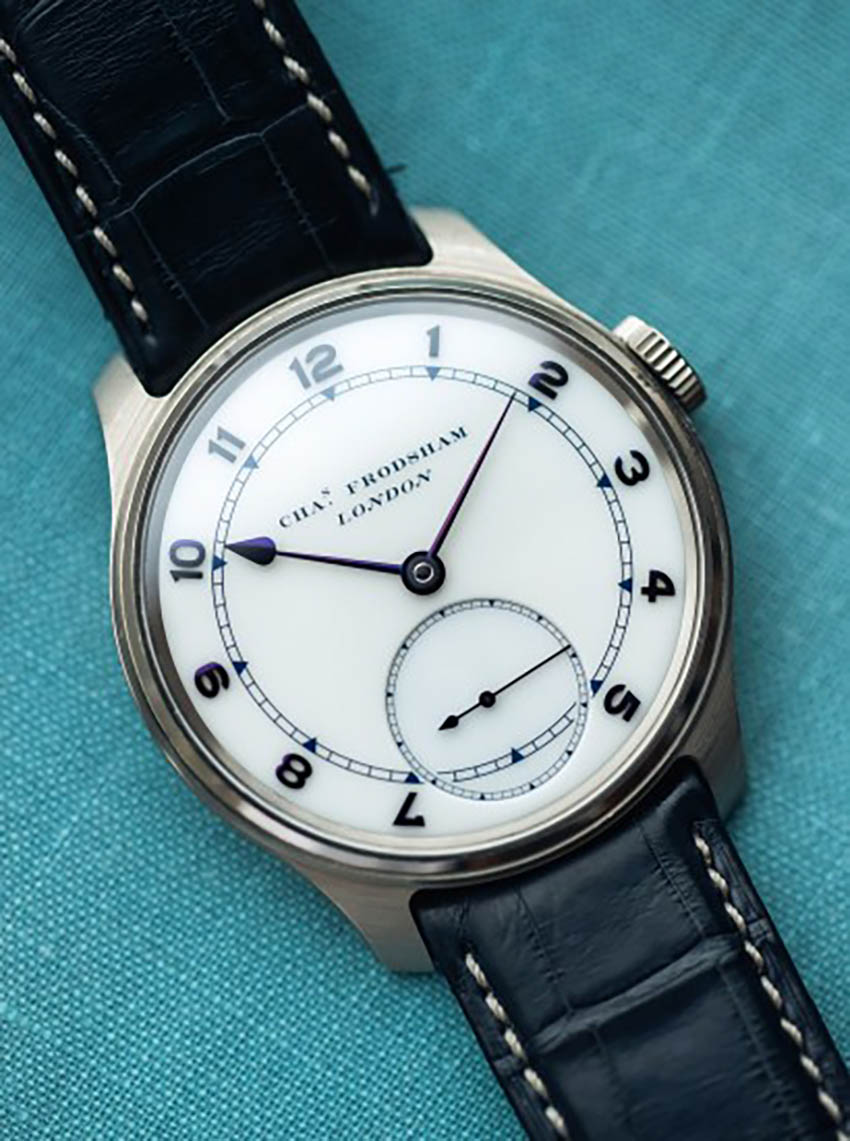 This watch from Frodsham is everything that I admire in modern watchmaking — absolutely everything about it is new and yet they’ve managed to do it in a way that is still very traditional.
This watch from Frodsham is everything that I admire in modern watchmaking — absolutely everything about it is new and yet they’ve managed to do it in a way that is still very traditional.
You know, in many ways there is more technology and more new materials in a Frodsham than there is in the average Richard Mille, yet it would just pass by under the radar.
I’ve always been a big fan of what I call quiet luxury.
The guys behind Frodsham are good friends of mine, too, which makes the joy of liking it so much even more intense.
A lot of their work is commissioned for private clients and it never sees the light of day — they don’t even talk about it.
I’m on the waiting list for one of these watches and, for once, I don’t mind sitting in a queue.
It will be ready when it is ready, and I know it will be the most beautiful work and quality, well worth the wait.
Patek Philippe ref. 3448
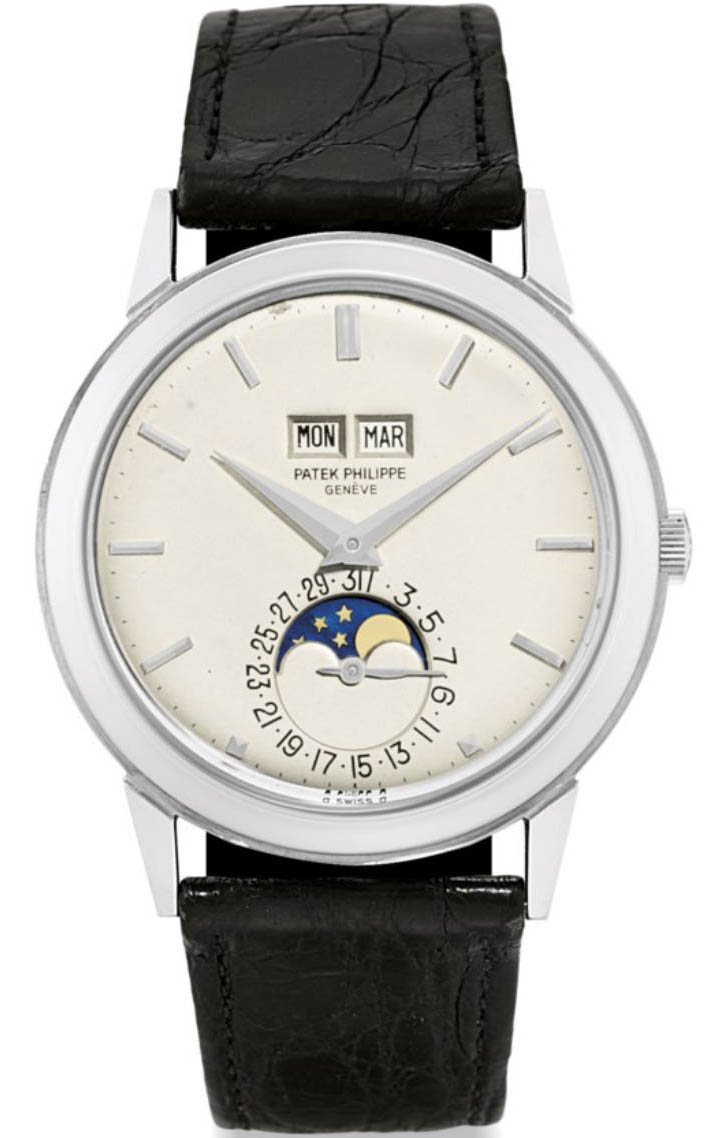 Launched in 1962, this was Patek Philippe’s first production automatic perpetual calendar wristwatch and, for 16 years, it was the only self-winding perpetual calendar model on the market.
Launched in 1962, this was Patek Philippe’s first production automatic perpetual calendar wristwatch and, for 16 years, it was the only self-winding perpetual calendar model on the market.
It is a beautiful piece of engineering — very simple, very clean, with windows to show the month and the day. The pieces cost a minimum of around £185,000 now.
When I started collecting, 30-or-so years ago, Italy still had the Lira and, due to problems with the black economy, there were limits on how much money tourists could leave their home countries with.
So, some Italians would buy expensive jewellery or watches, wear them to Britain, Germany or the US and sell the pieces there for hard currency.
I was a regular in the early 1980s at Portobello Market on Saturday mornings. I’d been collecting for maybe a year and one of the regular dealers I knew had a ref. 3448.
It was new old stock in its box with the blue plastic on the back.
I did a deal and I think I paid about £8,000 for it. A lot of money then and I had to sell half of the watches I owned to buy it.
The watch market was taking off at this point and I kept seeing other watches that I wanted to buy, but my money was all tied up in the Patek.
I grew to almost hate it because I saw all the opportunities that I was missing. After about 10 months or so I sold it at a £500 loss.
Today it would be a £500,000 watch.
Cartier Tank Normale
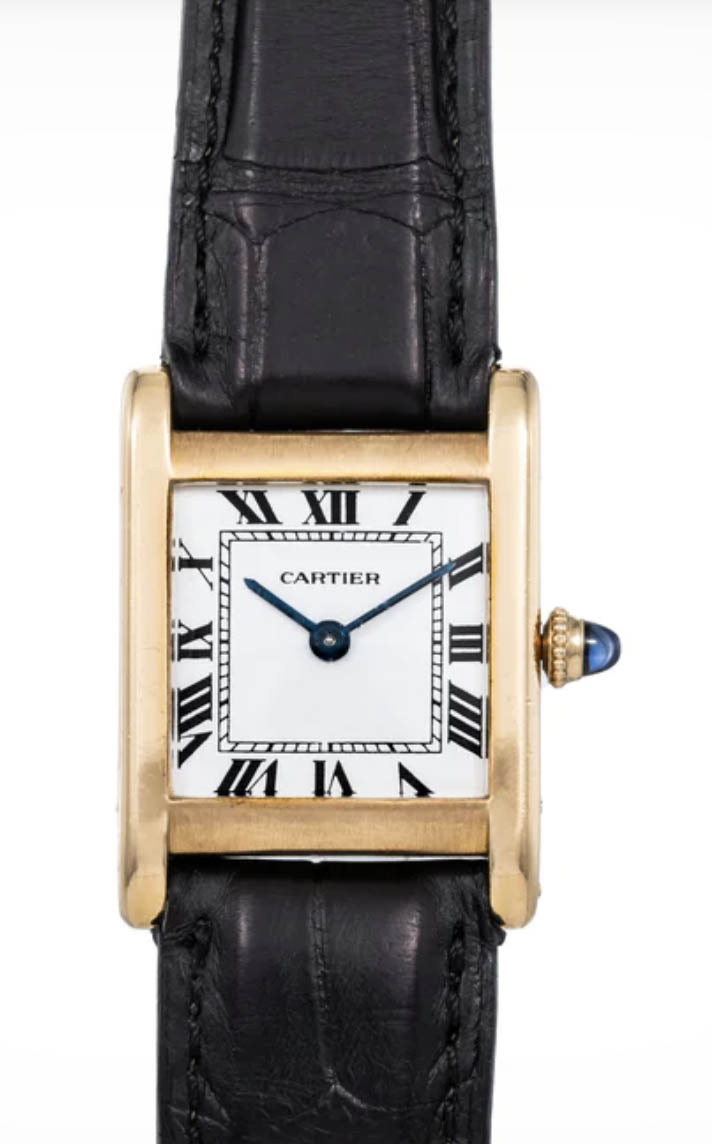 The very first Tank, the ‘Normale’ was created in 1917 and made publicly available to buy in 1919.
The very first Tank, the ‘Normale’ was created in 1917 and made publicly available to buy in 1919.
The design has remained barely unchanged for more than 100 years — a case with two parallel brancards, Roman numerals, a railway track minute counter, sword-shaped blued-steel hands, and a winding-crown set with a cabochon blue sapphire.
Originally all of the Tanks were made and sold in Paris, but just one was sold in London — and that is the one that I owned, complete with 1919/20 London hallmarks on the case and deployant buckle.
I found the piece in a sorry state in Portobello. The glass was broken and it wasn’t running and my watchmaker wasn’t available until later that day.
I asked the dealer if I could keep hold of it but he said no. He was about to leave, so I had to make a decision on the spot. I knew it was early and it just looked right, so I bought it.
I took it in to a specialist dealer and he gave me all the history on it.
It remains one of my luckiest finds. It is such a good feeling when you look beyond an object that is completely broken and you end up discovering something really special.
Hamilton Ventura
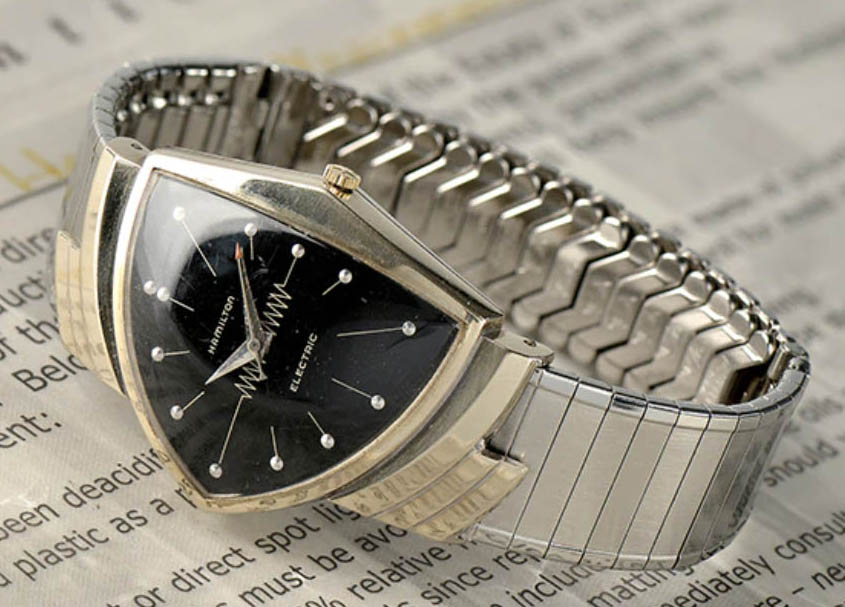 Back in the day, I spent a lot of time going to watch shows in America, Germany, Japan and Hong Kong, and I would invariably buy a lot of pieces.
Back in the day, I spent a lot of time going to watch shows in America, Germany, Japan and Hong Kong, and I would invariably buy a lot of pieces.
Part of the deal I had with my wife was that if I ever came home with something that she loved, she could have it.
My wife is an artist and design aficionado, not particularly a lover of watches, but one day I bought home a white-gold, black-dialled Hamilton Ventura.
She saw it and just fell in love with it. That was more than 20 years ago. It isn’t my watch, but to me, it’s an architype, a wonderful design that I just love.
Created in the 1950s by industrial designer Richard Arbib, who had previously worked with automobiles and artillery, the shield-shaped Ventura was the world’s first electric watch driven by battery power.
A lot of people avoid the early models because they think they will be hard to service and maintain but, in fact, they are no more problematic than your average quartz watch — they need a battery replacement every year or so and the electromechanical mechanism does need a regular service, but essentially it is not high technology.
Urban JÜrgensen ref. 3
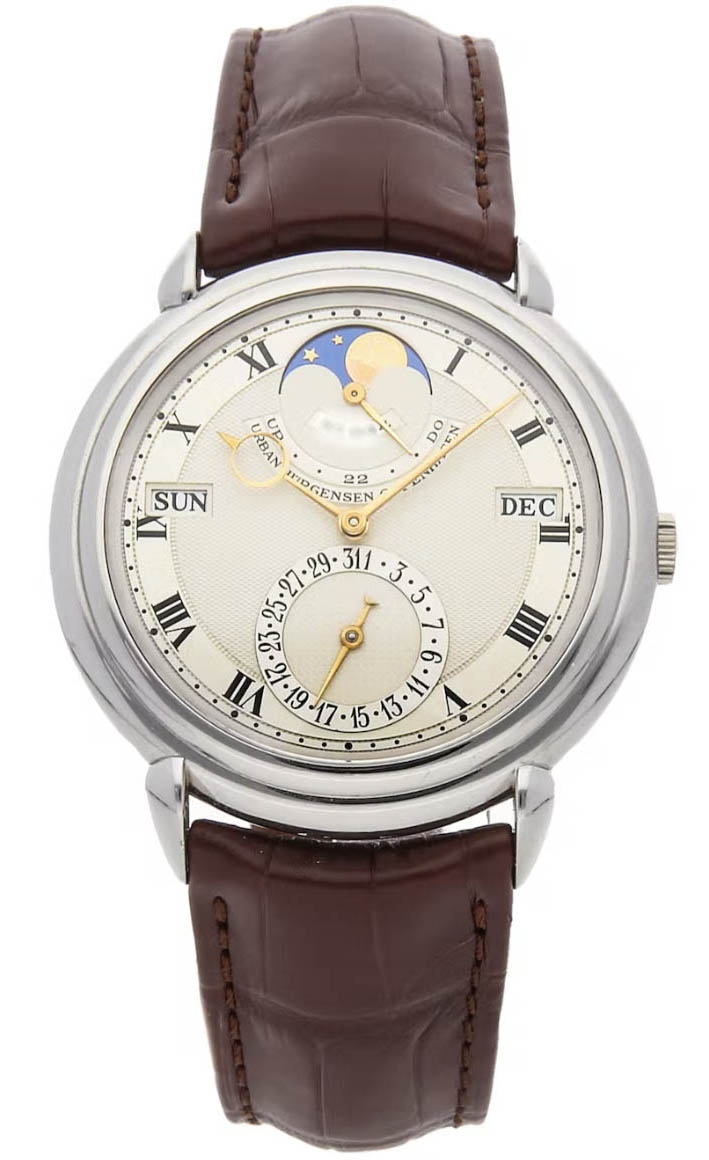 The Urban Jürgensen history stretches back to the 18th century, but the time period I am talking about is post-1980s when the brand was revived by Peter Baumberger.
The Urban Jürgensen history stretches back to the 18th century, but the time period I am talking about is post-1980s when the brand was revived by Peter Baumberger.
Derek Pratt became the master watchmaker there and created many exclusive pieces for the brand including the Tribute Oval Tourbillon Pocket Watch.
One of the greatest watchmakers ever to have lived, Derek died in 2009.
A contemporary and collaborator of George Daniels, Derek may be less well-known as he was a man who focused purely on watchmaking and gave little time to self-publicity.
The two were polar opposites but they got on incredibly well and in combination were an unstoppable horological force.
I don’t think Derek was ever a businessman, he was a watchmaker and to my knowledge he never made a watch as a commission.
He made stuff and then saw if people wanted to buy it.
And the watches that he made for Urban Jürgensen in the 1990s were simply stunning.
The ref. 3 is the slimmest perpetual calendar with windows that I’ve ever seen.
It’s just a beautiful elegant, understated, lovely watch, and it’s everything I want in a perpetual calendar.
There are only two types of guilloche on the dial yet it manages to look much more complicated.
It’s probably horological heresy to say this, but my love for particular watches is based on their aesthetic rather than how technical they are.
Jaeger-LeCoultre Mark XI
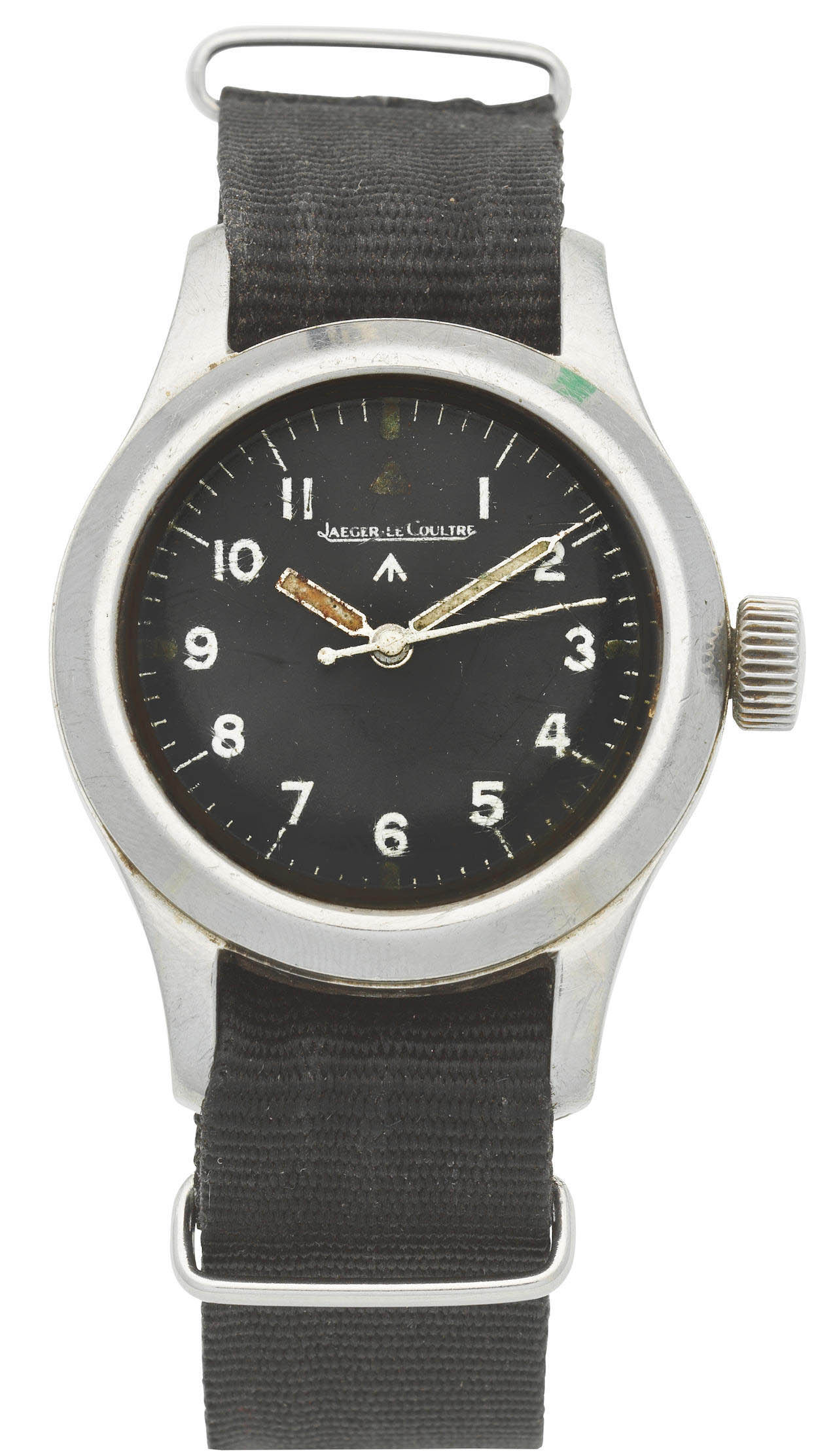 After the Second World War, the Royal Air Force decided they needed accurate pilots’ and navigators’ wristwatches.
After the Second World War, the Royal Air Force decided they needed accurate pilots’ and navigators’ wristwatches.
They approached Goldsmiths who were the official agents of the Air Ministry with a request and Goldsmiths then went out to tender.
One of the companies that was commissioned to make watches was Jaeger-LeCoultre.
They only made about 2,700 watches for air forces including the RAF, Royal Australian Air Force, Royal New Zealand Air Force and the South African Air Force.
The JLC Mark XI, as it was known, was a utilitarian object with no extraneous decoration.
It is designed to tell the time at a glance and it works phenomenally, but for me, the key thing is to take the back off and look at the movement.
It is without doubt the finest movement ever fitted to a military issue wristwatch anywhere in the world.
It is absolutely stunning.
It was a movement that Jaeger-LeCoultre then sold to Vacheron Constantin who used it in their expensive and highly accurate Chronomètre Royal.
Jaeger-LeCoultre also went on to use it in the Geographic.
It’s a stunning movement and you’ve got this wonderful combination of an incredibly austere, simple-looking watch with this amazing piece of horology inside.
But it’s a workhorse tool watch and JLC used their best in order to beat the specifications of the Air Ministry.
Longines 30Z Chronometer
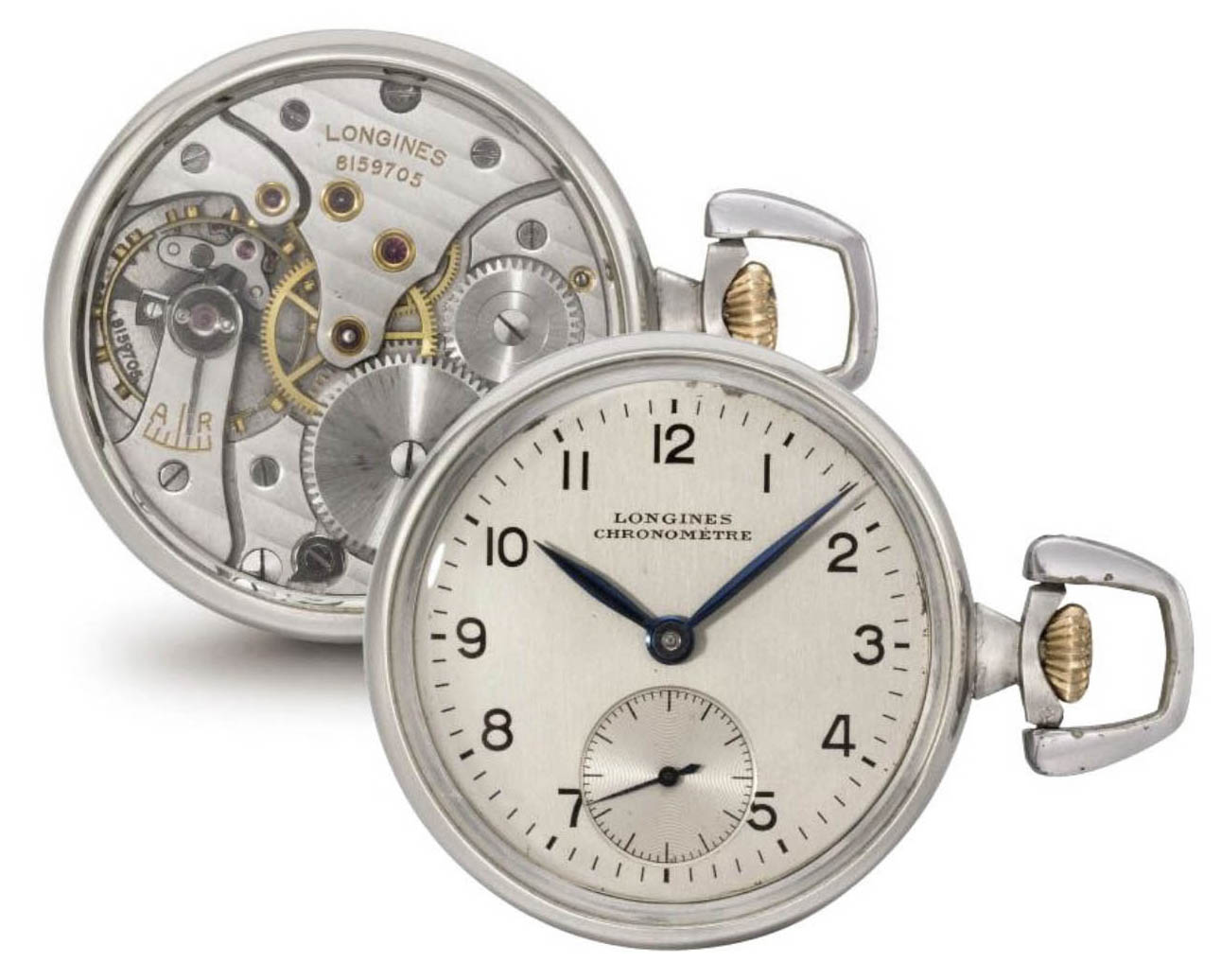 Back in the day, chronometer competitions in Switzerland, France and the UK were a big deal.
Back in the day, chronometer competitions in Switzerland, France and the UK were a big deal.
Achievements were announced inside watch boxes and on advertisements where gold medals were publicised.
It even got to the point where manufacturers were designing movements specifically for the competitions because of all the regulations involved covering size, volume and so on.
Longines was one of the companies that really got involved in these timing competitions and the 30Z was a movement made to compete at the highest level.
It was never sold and they were rarely cased.
All-in-all, there were probably about 100 of these movements made.
I am guessing that one of the ones sent to Kew for competition testing remained in England.
It came to my attention at a watch fair and I bought it and after some time had passed, I had my watchmaker commission a case for it.
I wear it now and then and it doesn’t look like anything at all out of the ordinary, but it’s just nice to know that I am wearing something that is spectacular.
Seiko Astron 40th Anniversary
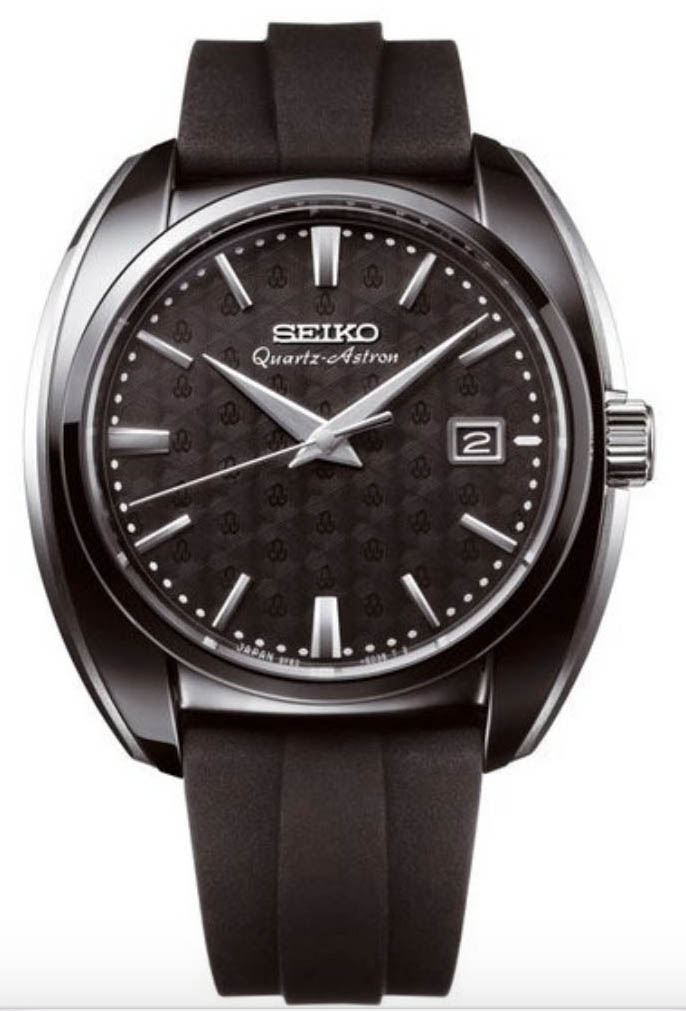 Seiko’s Astron was the world’s first production quartz watch back in 1969.
Seiko’s Astron was the world’s first production quartz watch back in 1969.
It was incredibly expensive at the time and only made in yellow gold.
This is a metal that I have never really been much of a fan of, the Cartier Tank Normale mentioned earlier being one of the very few yellow-gold watches I have ever owned.
For the 40th anniversary of the Astron in 2009, Seiko made a near perfect copy of it but cased it in black titanium.
Inside was their regular 9F high accuracy, quartz movement with a specially selected crystal.
The watch has a guaranteed accuracy of 10 seconds per year.
Only 200 of them were made, so it is rare as well as being beautiful.
It is a truly unusual piece, yet nobody really notices it — and that is the reason I totally love it.


Thanks James, a really enjoyable and informative read.
Thank you James, for a wonderful and interesting article – and for sharing some of your collection, and the stories that go with it. I hope Rob Corder won’t mind me saying this, but this is one of the best articles I’ve read on WatchPro all year. More like this, please.